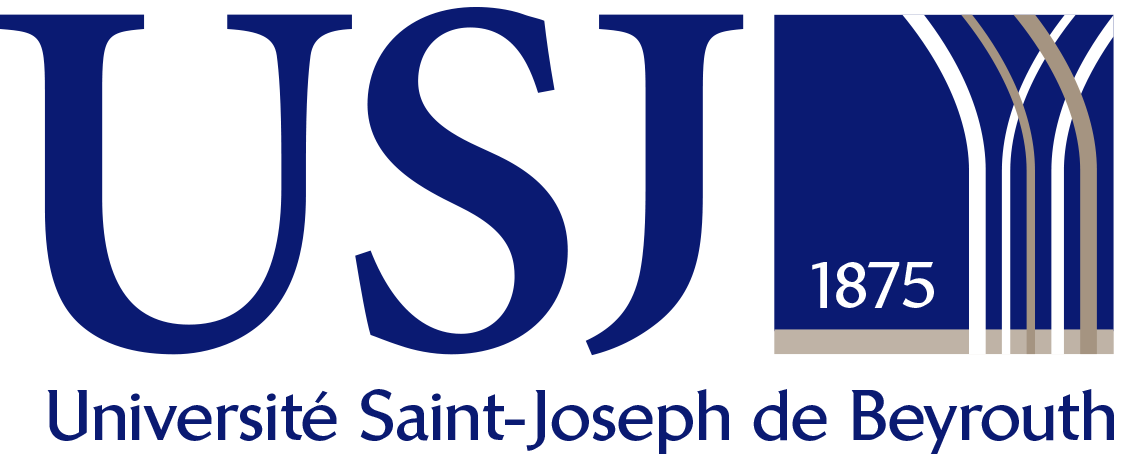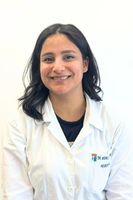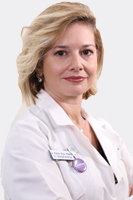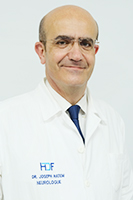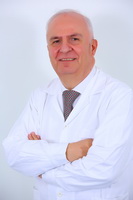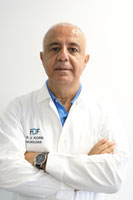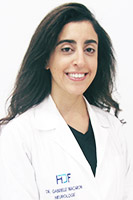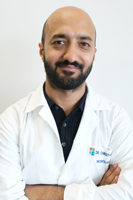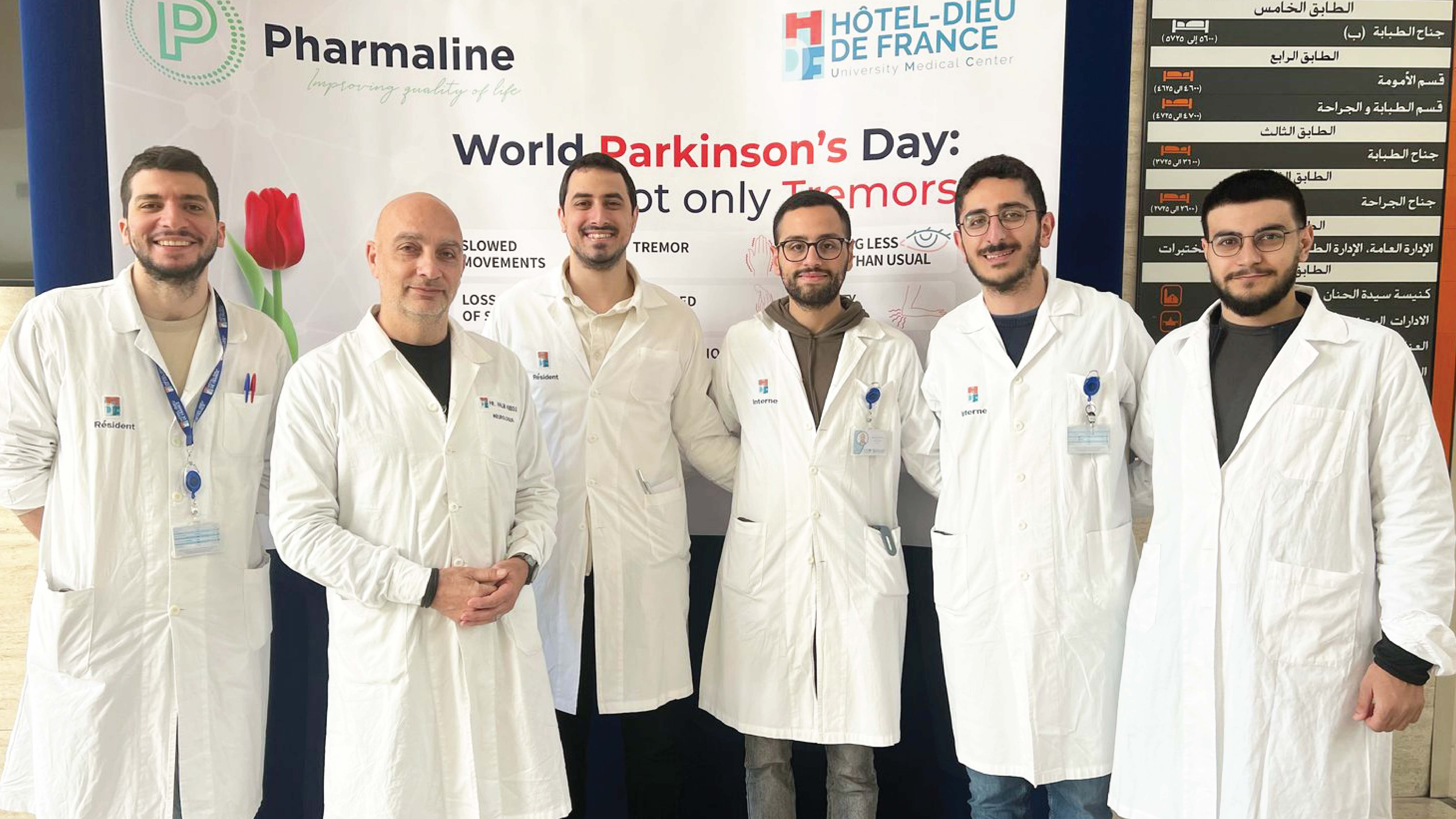Neurology
The Department of Neurology, founded in the 1970s, provides medical care for adult patients suffering from disorders of the central and peripheral nervous system.
It is composed of eight neurologists and a multidisciplinary paramedical team offering treatment adapted to the patient’s pathology.
As part of its academic mission, the department provides training for residents in neurology.
The department consists of the following units:
- General Neurology Unit: This unit welcomes patients with neurological symptoms requiring diagnostic evaluation, additional examinations, or the initiation and/or adaptation of treatment (e.g., epileptic seizures, headaches, dizziness, abnormal movements, onset of multiple sclerosis, brain tumors, etc.).
- Stroke Unit: This unit welcomes patients with cerebrovascular accidents (cerebral infarctions, transient ischemic attacks, cerebral hemorrhages, or cerebral venous thrombosis) and has the necessary staff and equipment to ensure acute management of strokes with continuous monitoring, as well as privileged access to the neuroimaging technical platform.
- Video EEG / Epilepsy Surgery Unit: This unit welcomes patients with discomfort, loss of consciousness, epileptic seizures, and transient behavioral disorders, whether linked to brain injury or not. It treats both adult and pediatric patients in collaboration with pediatric neurologists. The diagnostic and therapeutic management is based on a detailed analysis of transient manifestations and the performance of functional scalp video-EEG explorations, as well as intracranial explorations, if necessary, in collaboration with neurosurgeons.
- Sleep Unit: In collaboration with the Department of Pulmonology, this unit provides medical care for patients with vigilance, sleep, or circadian rhythm disorders, as well as sleep disorders associated with neuropsychiatric conditions.
- Functional Exploration of the Nervous System Unit: The Department of Neurology offers a full range of neurological technical examinations, such as electroencephalograms (EEG), electromyography (EMG), visually, auditory, and somesthetic evoked potentials, as well as specific therapeutic approaches like botulinum toxin injection.
Our Doctors
Team
Contact us
01- 604 000 Ext: 6650
Opening hours
